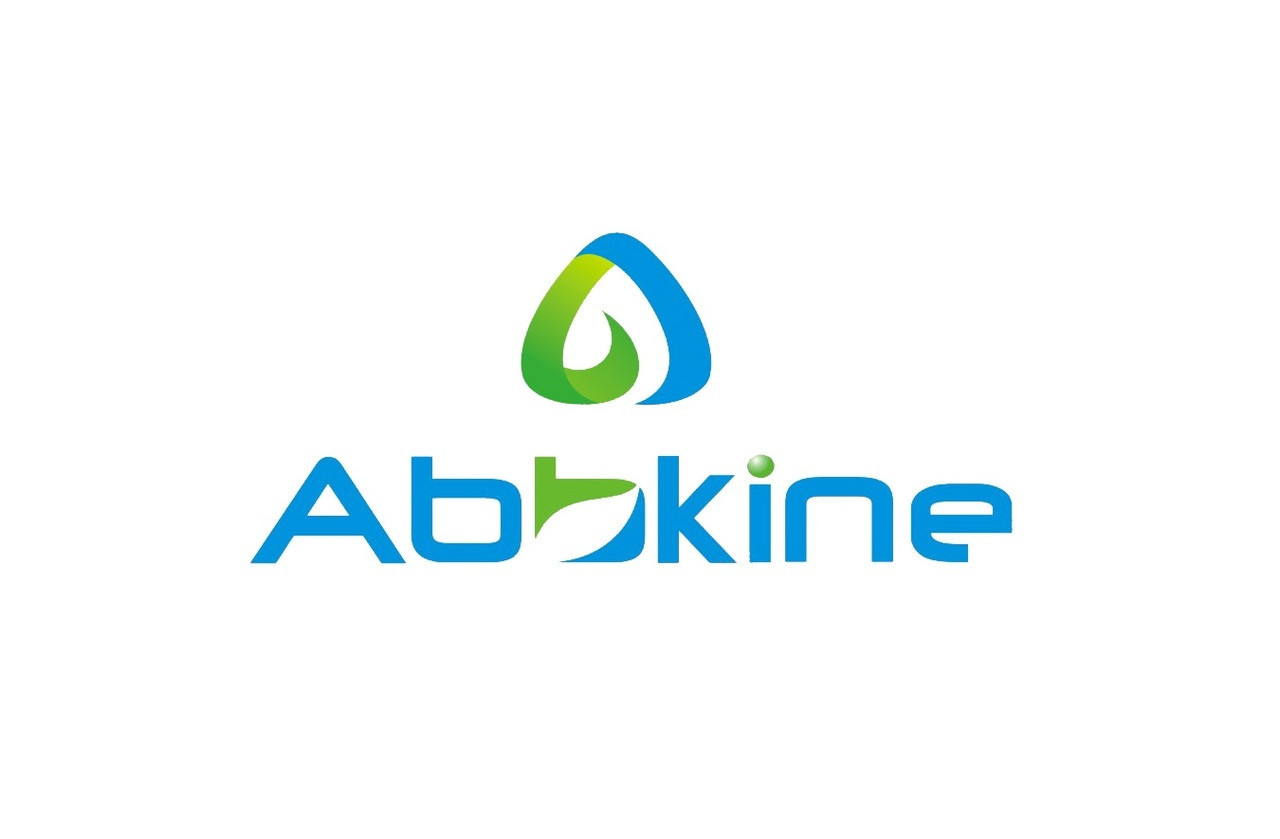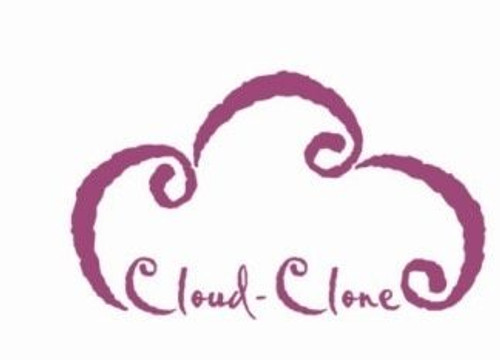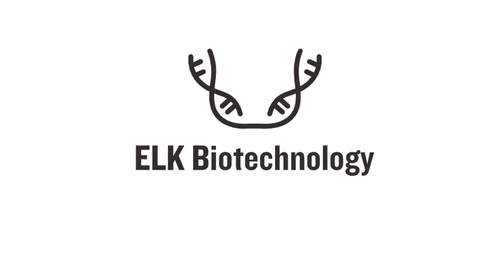Product Description
Mouse Neutrophil gelatinase-associated lipocalin (NGAL) ELISA Kit | KTE71196 | Abbkine
Application: This Mouse Neutrophil gelatinase-associated lipocalin (NGAL) ELISA Kit employs a two-site sandwich ELISA to quantitate LCN2 in samples. An antibody specific for LCN2 has been pre-coated onto a microplate. Standards and samples are pipetted into the wells and anyLCN2 present is bound by the immobilized antibody. After removing any unbound substances, a biotin-conjugated antibody specific for LCN2 is added to the wells. After washing, Streptavidin conjugated Horseradish Peroxidase (HRP) is added to the wells. Following a wash to remove any unbound avidin-enzyme reagent, a substrate solution is added to the wells and color develops in proportion to the amount of LCN2 bound in the initial step. The color development is stopped and the intensity of the color is measured.
Detection Method: Colorimetric
Conjugate: N/A
Sample Type: Cell culture supernatants#Serum#Plasma#Other biological fluids
Assay Type: Multiple steps standard sandwich ELISA assay with a working time of 3-5 hours. It depends on the experience of the operation person.
Kit Component: • Mouse Neutrophil gelatinase-associated lipocalin microplate
• Mouse Neutrophil gelatinase-associated lipocalin standard
• Mouse Neutrophil gelatinase-associated lipocalin detect antibody
• Streptavidin-HRP
• Standard diluent
• Assay buffer
• HRP substrate
• Stop solution
• Wash buffer
• Plate covers
Features & Benefits: Mouse Neutrophil gelatinase-associated lipocalin (NGAL) ELISA Kit has high sensitivity and excellent specificity for detection of Mouse LCN2. No significant cross-reactivity or interference between Mouse LCN2 and analogues was observed.
Calibration Range: Please inquire
Limit Of Detection: Please inquire
Usage Note: • Do not mix components from different kit lots or use reagents beyond the kit expiration date.
• Allow all reagents to warm to room temperature for at least 30 minutes before opening.
• Pre-rinse the pipet tip with reagent, use fresh pipet tips for each sample, standard and reagent to avoid contamination.
• Unused wells must be kept desiccated at 4 °C in the sealed bag provided.
• Mix Thoroughly is very important for the result. It is recommended using low frequency oscillator or slight hand shaking every 10 minutes.
• It is recommended that all samples and standards be assayed in duplicate or triplicate.
Storage Instruction: The unopened kit should be stored at 2 - 8°C. After opening, please store refer to protocols.
Shipping: Gel pack with blue ice.
Precaution The product listed herein is for research use only and is not intended for use in human or clinical diagnosis. Suggested applications of our products are not recommendations to use our products in violation of any patent or as a license. We cannot be responsible for patent infringements or other violations that may occur with the use of this product.
Background: NGAL (neutrophil gelatinase-associated lipocalin) belongs to the lipocalin family of proteins. These are typically small secreted proteins characterized by their ability to bind small, hydrophobic molecules in a structurally conserved pocket formed by beta-pleated sheet, to bind to specific cell-surface receptors and to form macromolecular complexes. NGAL has many synonyms: it also known as NL (neutrophil lipocalin, HNL, rat NL), lipocalin, oncogene protein 24p3 or uterocalin (in the mouse) and neu-related lipocalin or 25 kDa alpha 2-microglobulin-related protein6 (in the rat) . Rat NGAL consists of a single disulfide-bridged polypeptide chain of 178 amino-acid residues with a calculated molecular mass of 22 kDa, but glycosylation increases its apparent molecular mass to 25 kDa.
Alternative Names: LCN2; 24p3; MSFI; NGAL; OTTHUMP00000022240; migration-stimulating factor inhibitor; neutrophil gelatinase-associated lipocalin; oncogene 24p3; siderocalin
Search name: LCN2; 24p3; MSFI; NGAL; OTTHUMP00000022240; migration-stimulating factor inhibitor; neutrophil gelatinase-associated lipocalin; oncogene 24p3; siderocalin
Tag: LCN2
 Euro
Euro
 USD
USD
 British Pound
British Pound
 NULL
NULL








